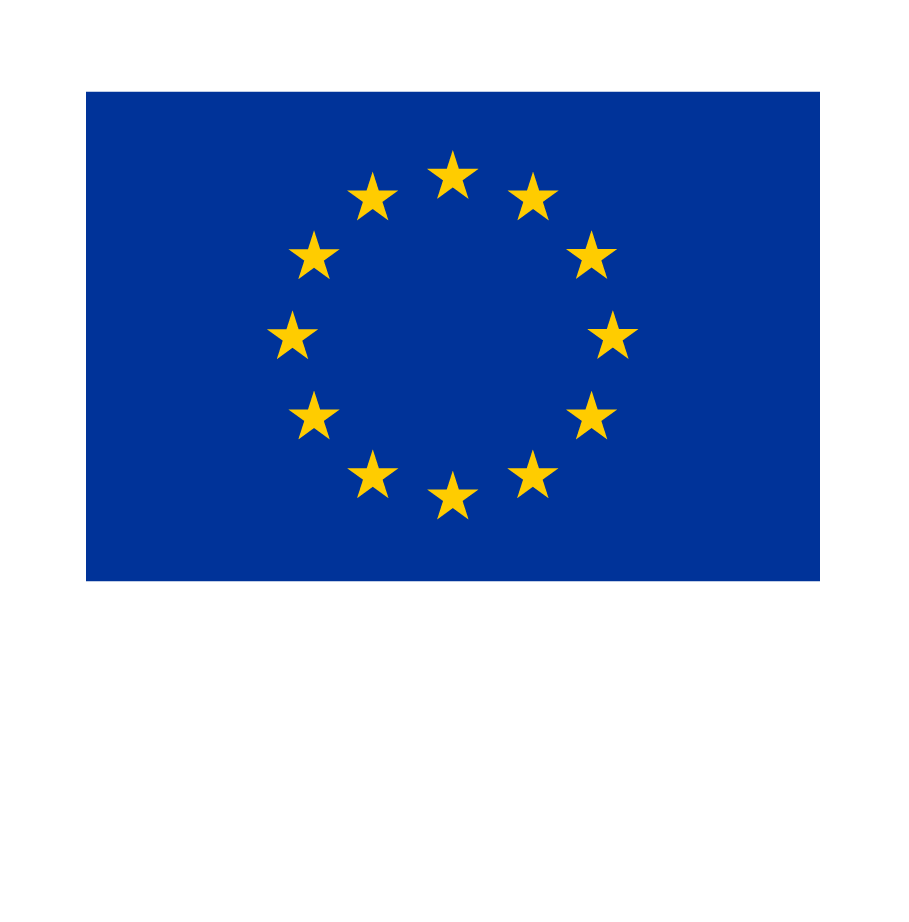Active and innovative teaching-learning methodologies are often closely connected with new technologies (ICT). Examples include flipped classrooms, where students watch lecture videos online and use class time for interactive activities, and Project-Based Learning (PBL), where students collaborate using digital tools to develop a well-structured project that their educator supervises. These approaches improve engagement in the classroom and nurture critical thinking among the students. It also allows educators to personalize each learning experience according to everyone’s particular needs and contexts. However, there is a major issue that must be addressed in this area: the digital divide.
What is the Digital Divide?
Broadly speaking, the “digital divide” refers to the inequality among members of society due to their varying degrees of access to technological resources, such as high-quality devices necessary for good performance (smartphones, tablets, or computers) and fast, efficient, and unobstructed internet connections that facilitate the acquisition, generation, and exchange of information. The digital divide is a complex issue linked to various factors (socioeconomic status, age, gender, ethnicity) that influence the level of digital literacy in the population and, consequently, the development of the technological skills needed for proper adaptation to new ways of living in social, academic, and work environments [1; 2].
In the context of higher education, there is a clear division among students. Those with enough material resources can keep up with the academic pace without problems, while those in economically disadvantaged situations may face severe and critical difficulties that often affect their academic performance. For example, a poor internet connection can prevent someone from regularly attending online classes, participating in various platforms to interact with peers, or submitting assignments on time. All these issues negatively impact student assessment, tarnish their educational experience, and can lead to mental health problems (feelings of anxiety, frustration, helplessness, and isolation), with the risk of even dropping out of studies [3].
Another type of digital divide commonly occurs between students and faculty, related to their differing statuses as „digital natives” and „digital immigrants,” i.e., the contrast between those who grew up with ICT and those who had to incorporate them into their routines when they were older. On the one hand, students, who are mostly digital natives, tend to excel in certain areas (networking, quick information retrieval, multitasking), but often neglect other skills (filtering quality information, developing critical thinking, synthesizing information, attention to spelling and writing) and contingencies (respecting copyright, avoiding plagiarism, developing cybersecurity awareness) if not properly instructed, issues that have been highlighted by the UNESCO [4] and the UN [5]. On the other hand, faculty members of hybrid and/or online courses, generally digital immigrants, often struggle to adapt to the constant changes in various platforms, interfaces, and methodologies, which demand a rapid pace of adaptation and material production. Faculty with limited digital skills may feel outdated and excluded, affecting their well-being and job performance, and may also resist implementing new technologies in the classroom [6].
How to Overcome the Digital Divide in Higher Education
To prevent or mitigate problems arising from the digital divide in the classroom, faculties and universities should implement several measures. First, institutions can establish device loan programs to ensure that all students have access to necessary hardware, such as laptops or tablets. In addition, providing high-speed internet access on campus can help bridge connectivity gaps, since it creates a safe and controlled environment where students can complete all their tasks without worrying about their means. It would be useful to offer financial assistance for those who need to improve their home internet service, ensuring that economic and material resources do not hold back their academic performance.
Moreover, it’s crucial to provide training for teachers on the digital divide and related issues. By understanding these challenges, educators can be more attentive to students who might be struggling due to a lack of access to technology. This kind of training should include identifying signs of digital exclusion, incorporating low-tech or no-tech teaching methods when necessary, and knowing how to direct students to available resources and support services. This awareness will enable teachers to create a more inclusive learning environment where all students have the same chances to succeed.
Regarding the digital divide that arises between students and faculty, universities must provide training programs that assist educators not only in employing active teaching methodologies but also in effectively implementing them in the classrooms. These courses, such as the ones that we intend to create in the frame of the project SOULSS, should be simple, clear, and highly informative, providing faculty with guides on implementing various teaching-learning models involving ICT. Furthermore, regarding the tools that can be employed, the university must invest in different programs and software to grant faculty access, alongside specific instructions for each one of them. This way, it will ensure that both teachers and students acquire the necessary digital skills for contemporary life and that the educational experience is maximized within the university community [7].
In conclusion, addressing the digital divide in higher education is essential if we intend to ensure equitable access to educational opportunities since awareness can motivate adapted solutions for each specific context. As the UN warn, “While recognizing the importance of opportunities arising from the use of information and communications technologies, States should not forget to look into the downside of such use and the impact of the digital divide on the education system and, in particular, on those who remain marginalized, on the future generation and on society at large” [5]. These necessary efforts will not only help create inclusive educational environments but also enable both teachers and students to develop the essential digital skills required for success in our current interconnected world. By implementing initiatives such as device loan programs, campus-wide internet access enhancements, and comprehensive training for faculty on integrating digital tools into teaching practices, universities can mitigate barriers that interfere with student and faculty engagement. By bridging the digital divide, universities can transform challenges into opportunities, promoting innovation and improving the overall educational experience for the entire university community.


